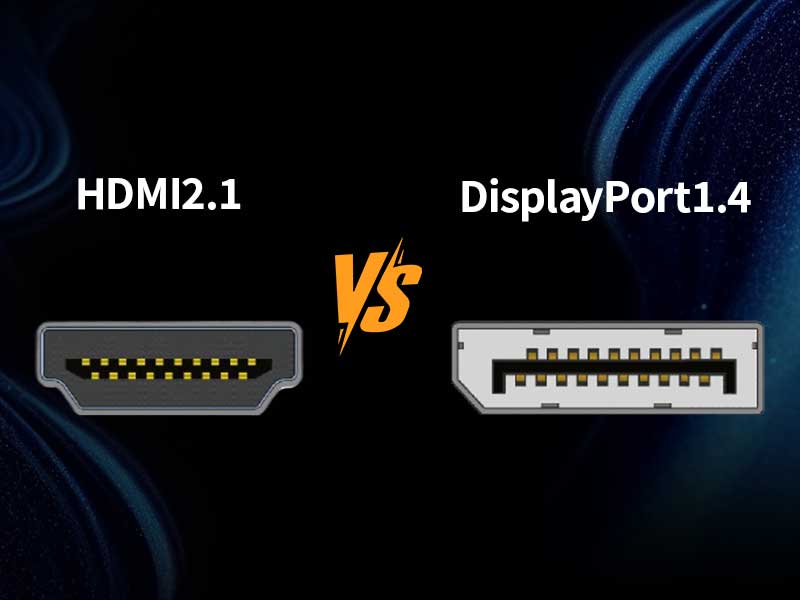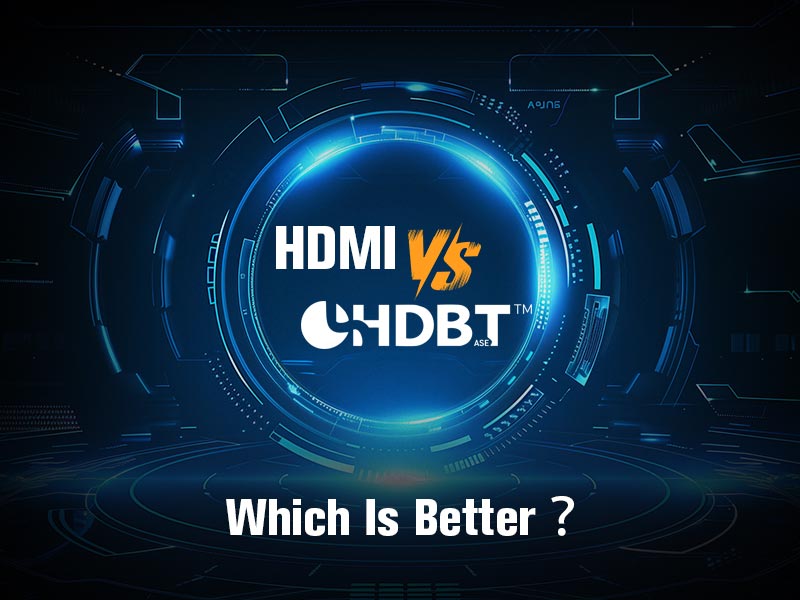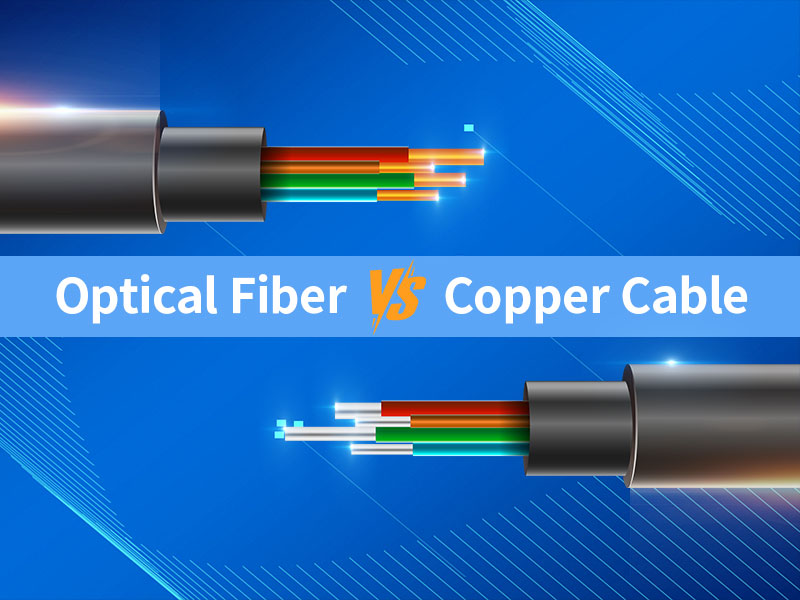KVM extenders are ideal devices to help many companies achieve remote management of servers. They are commonly used in scenarios such as remote server centers, industrial environments, control rooms, home offices, or some risky environments. As we all know, KVM extenders have many types of ports like VGA, DVI, DisplayPort, and HDMI. Today, we will discuss HDMI 2.1 and DisplayPort 1.4, exploring their features and comparing them.
Why are ports important?
The ports (HDMI, VGA, DVI, DisplayPort) are critical bridges for the transmission of video, audio, and data between devices. They determine the resolution, signal quality, compatibility, latency, bandwidth, and other factors. Therefore, choosing which port depends on your specific requirements.
What is HDMI2.1?
HDMI 2.1 is the latest high-speed multimedia interface standard, supporting high-quality video with 8K@60Hz and 4K@120Hz with a superior bandwidth of 48Gbps. It has the following outstanding features:
- Dynamic HDR: It can optimize contrast.
- Variable Refresh Rate (VRR): It ensures a smooth gaming experience.
- Enhanced Audio Return Channel (eARC): It supports high-quality audio.
- Auto Low Latency Mode (ALLM): It can dramatically reduce operational latency.
HDMI 2.1 has become an ideal choice for gaming, 8K TVs, and high-end home theaters, offering an experience with no compression and latency.
What is DisplayPort 1.4?
DisplayPort 1.4 is a commonly-used high-performance interface, supporting up to 32.4Gbps bandwidth and delivering a high-quality video with superior resolution of 8K@60Hz or 4K@144Hz. It is compatible with HDR10 and 10-bit color depth. Ths outstanding features include Dynamic HDR, Adaptive Sync, and Multi-Stream Transport (MST) for multi-monitor setups. It is the best choice for professional design and gaming monitors.
However, DisplayPort 1.4 requires Display Stream Compression (DSC) to achieve 8K@60Hz or 4K@144Hz because of the 32.4Gbps bandwidth. Compared with HDMI 2.1, it has no enhanced audio channel like eARC. But it is suitable for PC but rarely used in TVs and game consoles.
Key factors for choosing HDMI 2.1 or DP1.4
After having an overall knowledge of HDMI 2.1 and DisplayPort 1.4, you may want to know which ports you should choose. Then how to choose the right one? Here are some key factors for you to consider.
1. Device Compatibility
HDMI 2.1 is best for 8K TVs, gaming consoles, and home theaters, while DisplayPort 1.4 is ideal for PCs, multi-display workstations, and high-performance gaming monitors.
2. Resolution & Refresh Rate Needs
You should consider resolution and refresh rate when choosing HDMI 2.1 between DisplayPort 1.4 interfaces because they directly influence visual quality and performance. HDMI 2.1 supports uncompressed 8K@60Hz or 4K @120Hz, while DisplayPort 1.4 needs DSC to achieve 8K@60Hz and deliver 4K@144Hz performance for high-refresh gaming and professional applications.
3. Gaming Features
HDMI 2.1 supports VRR, ALLM, and eARC, while DP 1.4 supports native G-Sync or FreeSync.
4. Multi-Monitor Support
If you have multiple devices to control, you can consider choosing DP 1.4 ports that can support multi-device workstations. However, HDMI 2.1 is limited to single displays.
5. Audio & Home Theater
If you want superior audio, HDMI 2.1 is your first option because it supports eARC. But DP 1.4 can only support basic audio.
Key Difference between HDMI 2.1 and DisplayPort 1.4
| Features | HDMI 2.1 | DisplayPort 1.4 |
| Bandwidth | 48 Gbps | 32.4 Gbps |
| Max Resolution | 8K@60Hz/4K@120Hz(no compression) | 8K@60Hz(DSC compressed)/4K@144Hz |
| Audio Support | eARC | Basic Audio (no eARC) |
| Best Applications | TVs, Consoles, Home Theater | PC gaming, high-refresh monitors, multi-device workstations |
| Gaming Features | VRR, ALLM, eARC | G-Sync, FreeSync, MST |
Conclusion
HDMI 2.1 and DP 1.4 are advanced ports in KVM extenders. In this article, we make a comparison between HDMI 2.1 and DisplayPort 1.4 on their bandwidth, compatibility, resolution, applications, and transmission distance. To make your remote access and management more convenient, you can read carefully to learn about them.


